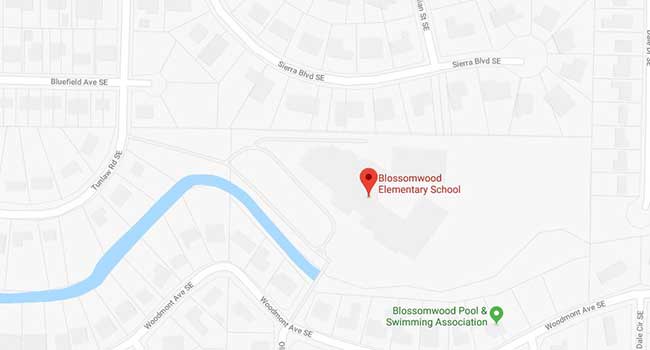
Superintendent Christy Finley said the shooting took place in a restroom, and the involved students are in second grade. The gun was immediately taken into custody and the gym teacher sought medical treatment for the student who was injured, Finley said.
- By Jessica Davis
- September 19, 2018

School shootings are not new. Campuses have been fighting to keep students safe for decades.
- By Ralph C. Jensen
- September 14, 2018
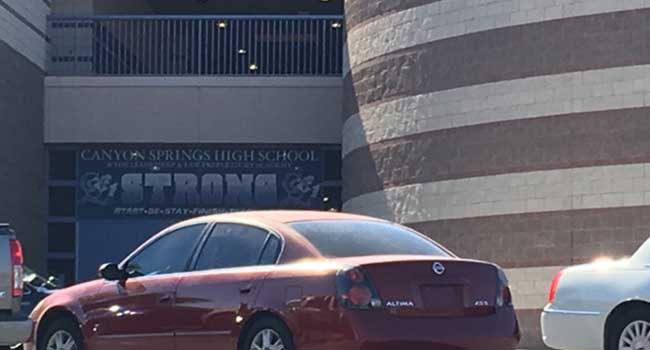
A teenager was killed near a North Las Vegas high school in what police believe was a targeted shooting.
- By Ralph C. Jensen
- September 14, 2018

A man defied security measures to kill his bedridden wife and himself, rattling hospital staff.
- By Jordan Lutke
- August 31, 2018
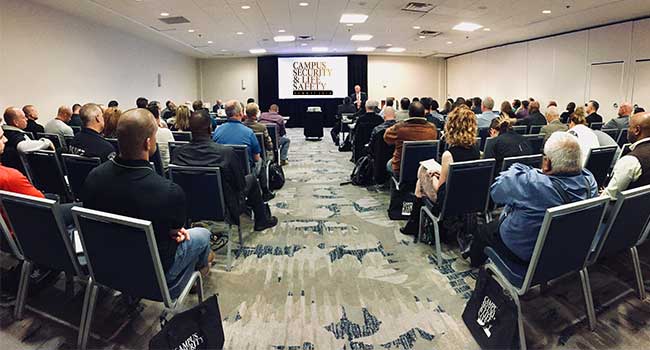
The Campus Security & Life Safety team is taking its one-day Summit to Phoenix, Ariz.
- By Sydny Shepard
- August 29, 2018

The Department of Homeland Security is offering school districts funding for student trauma training programs.
- By Sydny Shepard
- August 14, 2018
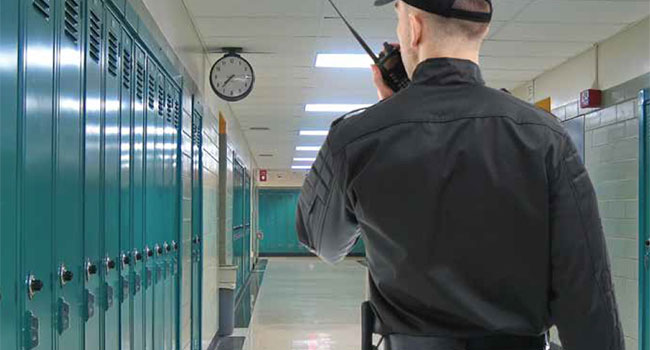
Campus lockdown procedures, much like other emergency response and disaster preparedness measures, are critical to the safe and secure operation of a school campus.
- By Michael Niola
- August 01, 2018
With back-to-school upon us, we all know how important it is to ensure students are prepped with the essentials.
- By Nicole Hockley
- August 01, 2018

Education Week’s log of school shootings reveals at least 13 incidents in 2018 so far, with 97 people killed or injured. How do we stop this unending cycle of violence?
- By Peter Trepp
- August 01, 2018
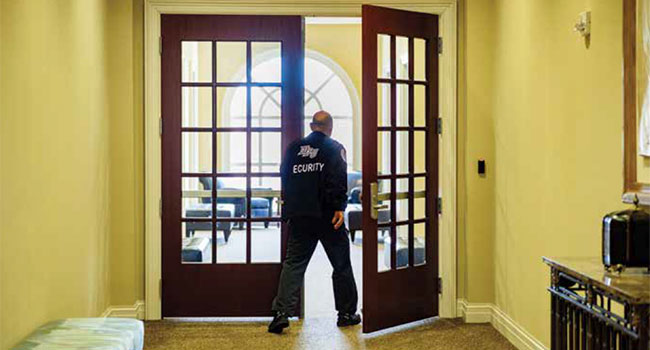
It happened at 11:46 a.m. on a Friday, just three weeks before the Parkland shooting. A southeastern university issued a campus-wide emergency notification advising a gunman was on or near campus, and that individuals should seek protective shelter immediately.
- By Gus Porter, MPH, CPH, Jeff Karpovich, MA, CPP, CHPA
- June 01, 2018